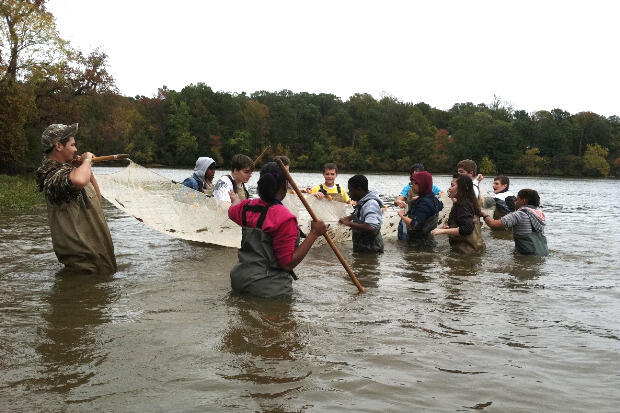
Aug. 20, 2014
VCU Rice Rivers Center is a living laboratory
VCU Rice Rivers Center research aims to conserve, preserve and protect the natural world
Share this story
Sure, Virginia Commonwealth University is known for its large urban campus situated in downtown Richmond, Virginia, but you may not know that VCU is a hub for research in conservation ecology and the environment.
The VCU Rice Rivers Center is the university’s living laboratory located a short drive up the road in Charles City County, Virginia.
From exploring the ecology of the historic James River to investigating water quality issues and wetlands restoration to understanding the behavior of migratory songbirds, the ultimate goal of research at the VCU Rice Rivers Center is to conserve the world in which we live.
Here is a sampling of some of the center’s research and outreach efforts:
Mountains to the Sea partnership

From the Blue Ridge Mountains in the west, tumbling east toward the foothills of the Piedmont and the Tidewater’s coastal plain, Virginia’s rivers bend through some of the most diverse terrain seen in any state, and those journeys end no less notably in the largest estuary in the country, the Chesapeake Bay.
To study the health of this water network, VCU and its Rice Rivers Center this summer joined Randolph-Macon College, Washington and Lee University and the United States Geological Survey for what will be a four-year project. The partnership is a first-of-its kind, real-time water quality assessment network in a large coastal watershed and its estuary.
Previously measured about 20 times per year, water quality in the James River will now be measured every 15 minutes using sophisticated sensors located upriver in Cartersville and along the lower James River near the VCU Rice Rivers Center. The sensors will measure pollution and the amount of tidal water moving up and down the river.
Ultimately, the data collected may indicate the amount of pollution (much of it caused by fertilizer) that ends up in the Chesapeake Bay. The data collected will be available to the public in real-time on a website maintained by the United States Geological Survey.
The project provides opportunities for students at VCU to engage in hands-on water quality assessment. For the faculty and scientists involved, it provides opportunities to work on a shared dataset and improve understanding of water quality in Virginia.
Atlantic sturgeon

In recent years, Richmonders have reported sightings of a giant, prehistoric fish thought to have vanished from existence in the James River. The Atlantic sturgeon has captivated the River City, and a group of researchers at the VCU Rice Rivers Center who are dedicated to learning more about its biology and life history.
Through a number of projects, VCU researchers are helping the Atlantic sturgeon take back the James. In recent years, there has been a significant rise in sturgeon numbers, the discovery of dual spawning seasons — one in the spring and another in the fall, and a general understanding of the fish previously not known.
Read more about VCU sturgeon research here: Sturgeon rising
LiDAR
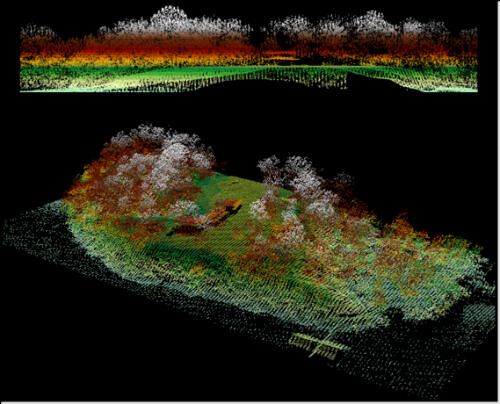
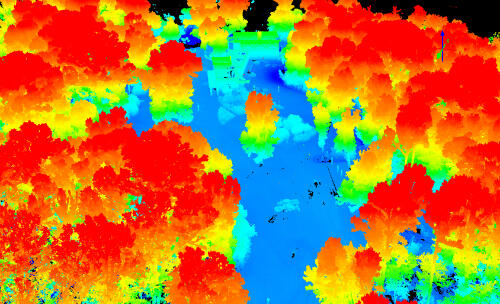
In the 1920s an earthen dam and spillway was built to form a lake at the mouth of Kimages Creek at the James River. The process flooded 70 acres of tidal and nontidal freshwater wetlands, altering the hydrology and ecology of the critical wetland and its tidal creek.
Almost 90 years later, the VCU Rice Rivers Center is using an advanced data collection and processing tool called LiDAR (Light Detection and Ranging) to help study and restore the wetlands. Using airborne and terrestrial data collection methods, remote sensing scientists are able to collect massive amounts of data to create images.
In April, a class titled Environmental Remote Sensing met at the VCU Rice Rivers Center to explore the technology. Students were exposed to a dataset containing approximately 150 million data returns.
LiDAR is used in environmental, humanitarian and military applications; for the VCU Rice Rivers Center specifically, LiDAR is an excellent structural landscaping tool.
Community engagement
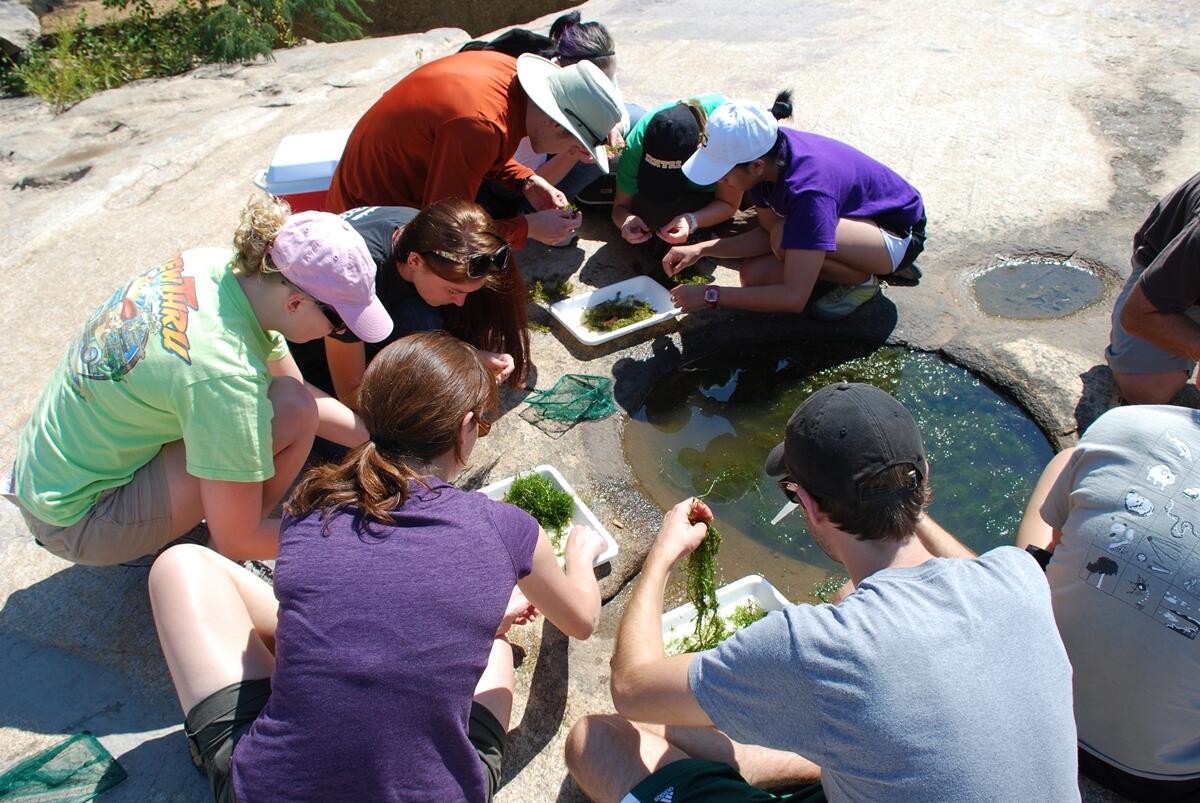
By reaching out to surrounding communities and educating young and old alike, VCU Rice Rivers Center and VCU Life Sciences Outreach Education have put the fun back into learning. Programs such as The Carbon Awareness Partnership, which raises awareness and understanding of carbon, and Rivers in Real Time, which raises awareness about the Atlantic sturgeon, feed the curiosity of area students at local schools. The programs are designed to give students a hands-on experience in conservation and to teach an appreciation for the natural world.
Another unique community-engaged project is Science in the Park, a partnership among VCU Rice Rivers Center, VCU Life Sciences Outreach Education and Friends of the James River Park. Science in the Park showcases science in the form of geology, plant and animal life, rock pools and more through a website and smartphone app. In the months ahead, the team will focus on producing segments on stormwater runoff, green practices and the urban forest in the City of Richmond and along the James River. Participants will have the opportunity to learn more about the effects of runoff on habitat, organisms, and migratory fish within the park, and green practices within the city – use of rain barrels, green roofs and more.
Oyster restoration
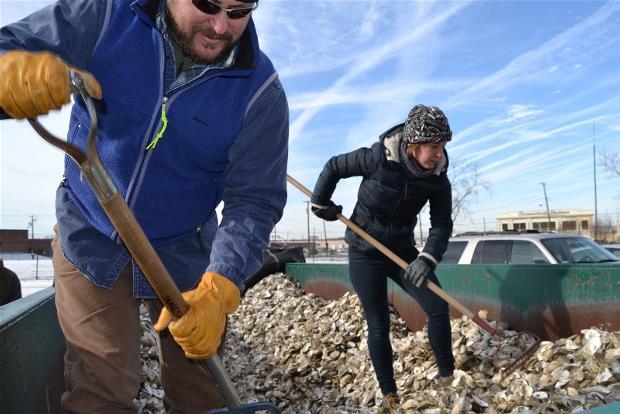
Richmonders who are eating oysters should be feeling good about themselves.
In February, volunteers shoveled nearly 12,000 pounds of oyster shells collected at four Richmond restaurants and a few large events to send them away for wild oyster restoration in the Virginia section of the Chesapeake Bay, but that was only the beginning.
Coordinated by the Virginia Oyster Shell Recycling Program at the VCU Rice Rivers Center, that group of four original restaurants has grown to include 14 in just five months. In addition, the program will soon expand into Charlottesville and cast its net even wider in the Richmond region.
Most recently, one of the program’s partners, Tidewater Fiber Corporation, hauled seven tons of oyster shells to Gloucester Point at the mouth of the York River.
“The program's growth and success has been more than I could have imagined,” said Todd Janeski, program manager. “The new partnerships and attention from the press has been very rewarding.”
Each oyster eaten at participating Richmond and Charlottesville restaurants or collected at public receiving sites are seeded with eight to 12 baby oysters (spat) per shell. A single oyster filters 50 to 60 gallons of water per day and 30,000 gallons during its lifetime.
Center for Conservation Biology
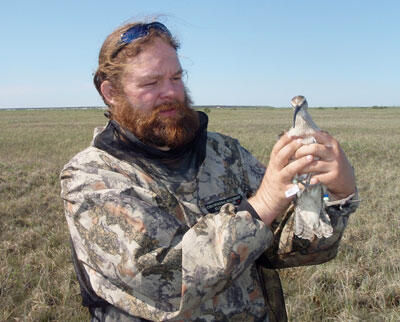
Whimbrels, eagles, red knots and ospreys are just a handful of the birds studied by researchers at the Center for Conservation Biology at the VCU Rice Rivers Center. Through a variety of projects, researchers are hopeful they can conserve and preserve the environment — especially the land and resources here in the commonwealth — critical for sustaining a wide variety of bird populations. Researchers use satellite transmitters to study the migratory pathways, conduct nest surveys and examine breeding habits of these birds and much more. Some of the findings have been used to reinforce or enhance management and conservation practices for select species. The scientific team is also responsible for training the next generation of conservation biologists. The center is a partnership of the College of William and Mary and VCU.
Subscribe for free to the weekly VCU News email newsletter at http://newsletter.news.vcu.
Subscribe to VCU News
Subscribe to VCU News at newsletter.vcu.edu and receive a selection of stories, videos, photos, news clips and event listings in your inbox.













